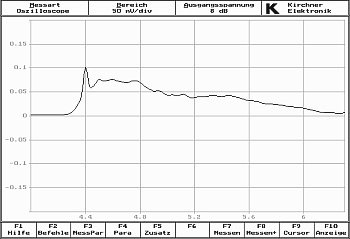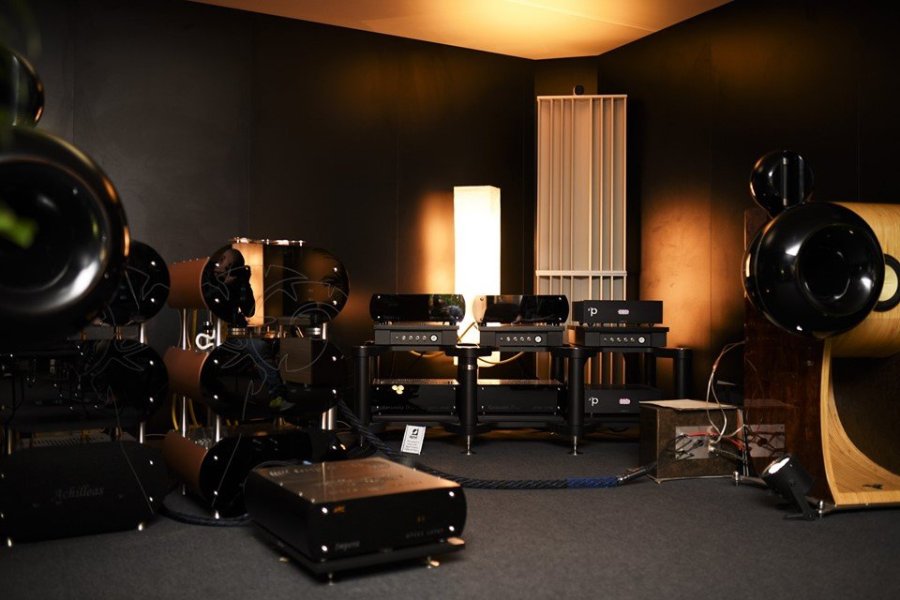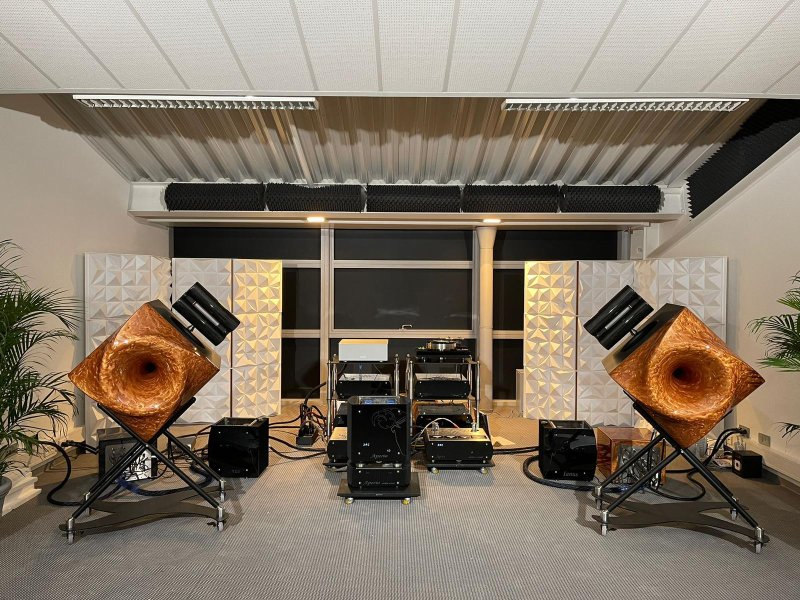I meant the Reference Compact model, not the R1. The impedance and phase response graph is not available for the TAD R1, and is only available for the compact models, I wanted to provide a comparative graph of the new models from both companies. The new TAD TX series only has measurements for that model, while the Compact Reference model reviewed by Stereophile is quite old, from 2011. However, even when looking at that graph, you can see that the Wilson Alexia V has a more controlled and flatter impedance and phase response, which typically indicates better driver integration and overall system performance. On the other hand, the TAD CR-1 shows some irregularities that could affect integration and overall sound coherence.So does the Wilson Alexia V.
If you have the TAD R1’s impedance and phase graphs, why are you showing data from a completely different speaker? That’s not a valid comparison.

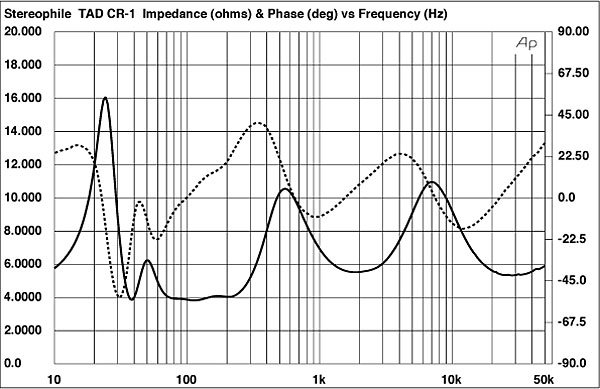
Yes, you're correct that TAD uses a coaxial midrange and tweeter driver, which helps in achieving physical time alignment between the midrange and tweeter, as they share the same acoustic center. However, the main issue is that this unit (midrange/tweeter coaxial driver) is not physically time-aligned with the woofers.Are you aware that TAD uses a coaxial midrange and tweeter? The key feature of coaxial drivers is that the voice coils share the same physical center, which naturally ensures time alignment at the driver level. Of course "time alignment" or in better words "time coherent" is not the result of just physical arrangement of drivers but also electrical adjustments. So, don't rely solely on "physical" about this.
In a speaker design like Wilson, where physical time alignment is ensured across all drivers (including woofers), the drivers are placed at specific distances so that the sound from all of them reaches the listener’s ear at the same time.
because if you look at the impulse response of the Vandersteen speaker, which claims phase and time alignment, and compare it with TAD and Wilson, you will see that there is only one impulse peak. This means that all drivers respond to the input signal at the same time, and the sound from all the drivers arrives simultaneously, ensuring cohesive and coherent sound integration. The single sharp impulse peak followed by a smooth decay is a typical characteristic of proper time alignment. However, in speakers like TAD and Wilson, you will notice that the tweeter responds to the impulse first, followed by the midrange, and then the woofer.How can you claim that based solely on an impedance-phase-frequency graph from an entirely different speaker? That evidence doesn’t support your conclusion.
In order: Vandersteen Treo, Wilson Alexia V, TAD CR-1.
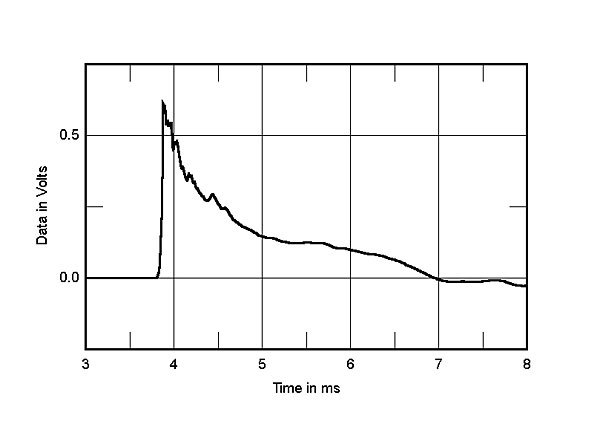

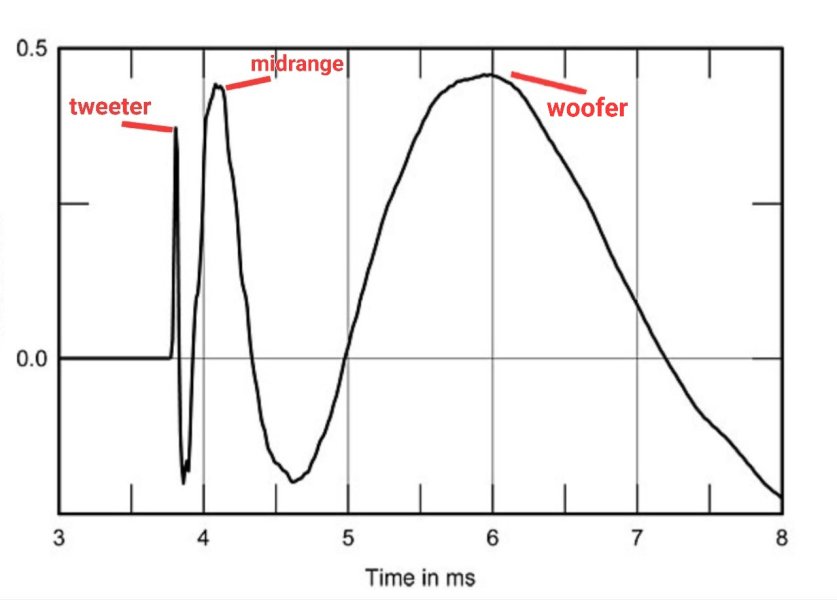
_______________________________________________
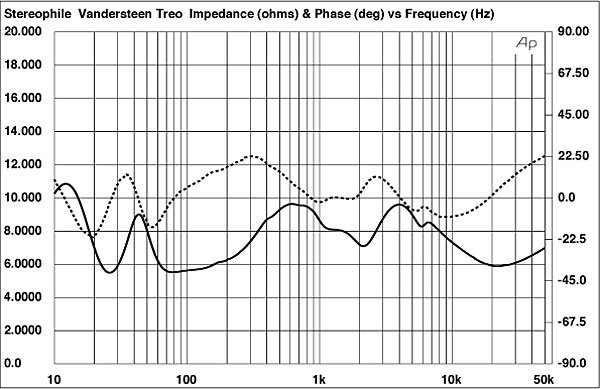
The result of matching the drivers and achieving proper phase and time alignment, instead of taking the easy route with complex crossovers, is that the impedance remains between 6 and 10 ohms across most of the frequency range, resulting in a benign phase angle.
Last edited:
















